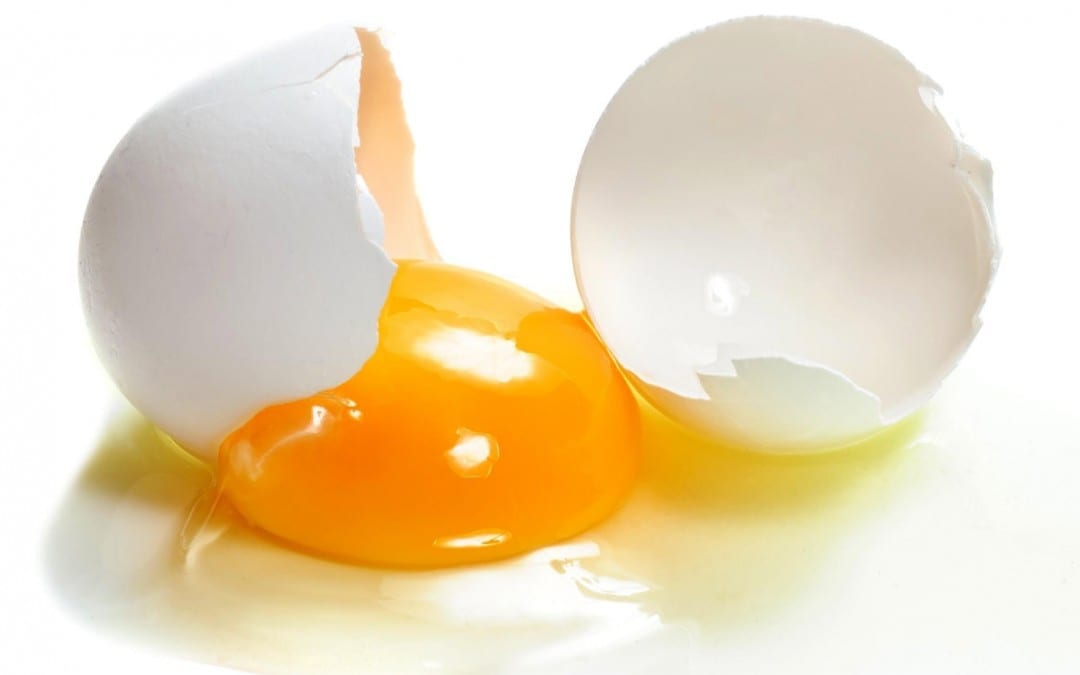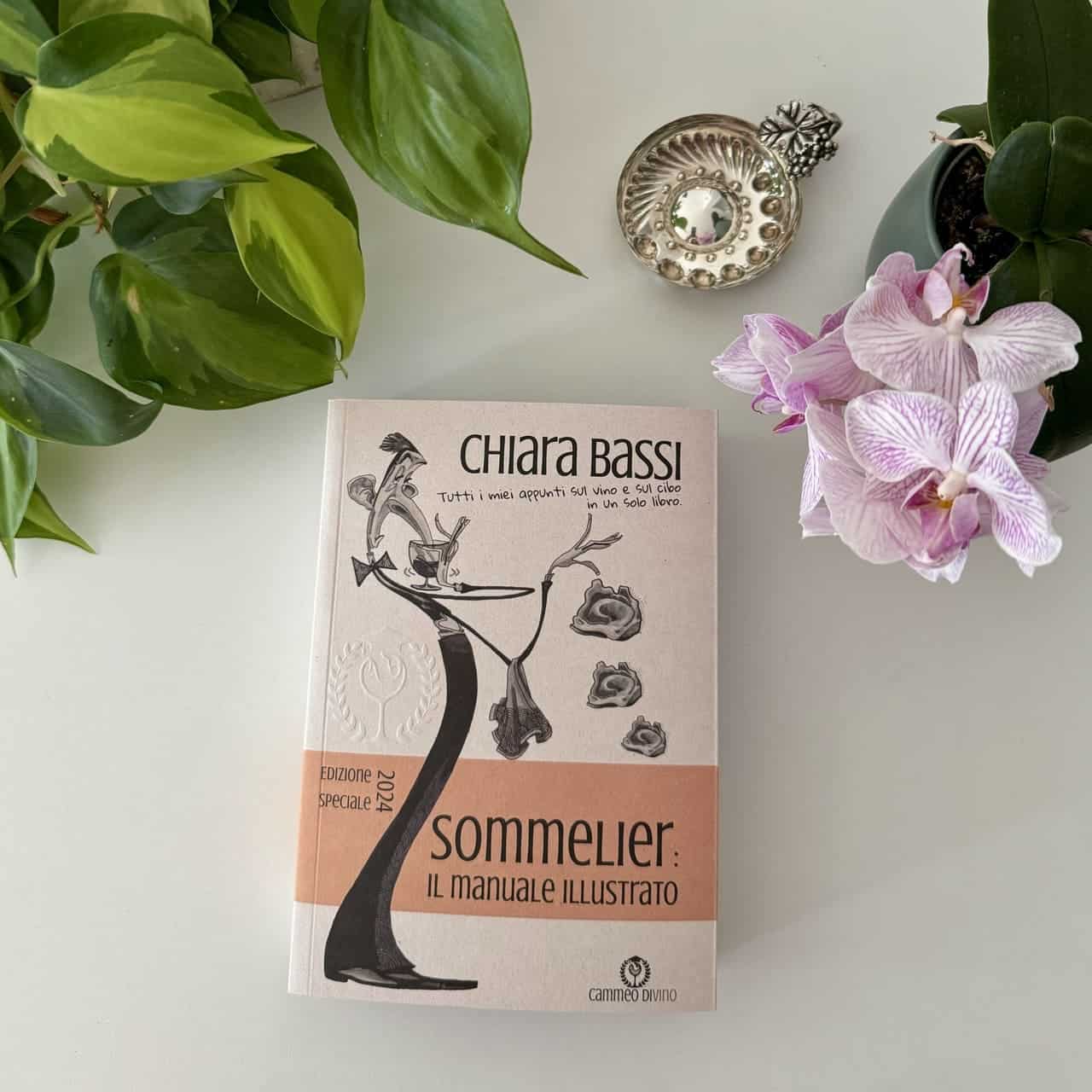L'egg has always been a primordial food that, thanks to its versatility, has carved out a main place for itself in the cuisine of every continent. The most commonly used is the hen's egg, but they also use eggs quail, goose, ostrich. In this didactic article designed for aspiring sommeliers who are attending the third level of the AIS course, you will find some preparations with the famous eggs and their respective pairing tips.
What are eggs good for?
The greatest virtue of eggs is undoubtedly their great versatility: they are the basic ingredient in sweet and savoury dishes and their rich supply of proteins and essential amino acids makes them irreplaceable in any diet, provided that one also pays attention to their high cholesterol content, as recent studies show that the human body is unable to absorb too much from this food. The egg is an almost complete food, almost because it does not contain sugar and is therefore particularly suitable in cases of diabetes. In addition, the yolk contains vitamins A, B, D, E and PP.
White-shelled or brown-shelled eggs?
The colour of the shell is considered by many to be an indicator of quality, but this is actually wrong as it only identifies the breed of the hen. The shell is thin and brittle and consists mainly of calcium carbonate. You can also recognise a fresh egg by its feel: on the shell, for a few days after laying, there is a protective veil formed by mucin, a glycoprotein from the intestinal tract, which makes it velvety. The size of the air space between the white sheets that make up the shell is also an indication of freshness: to have a very fresh egg, it must be small!
What do eggs contain?
L'albumen is a watery, viscous solution rich in albumin, a protein that coagulates under the effect of heat into a solid, white mass. Nutritionally, it is less important than yolk.
The yolk is enclosed within the invisible vitelline membrane. Above all, it is one of the very few foods to contain vitamin D along with salmon and milk, which is also produced by humans during sun exposure. This vitamin is crucial in bone development and it has been shown that children affected by rickets improve their disease when exposed to sunlight and fed foods containing this vitamin. Its colour varies from yellow to orange and depends on the hen's lifestyle: the more the egg has a deep yellow colour, almost tending towards orange, the more the hen has led a quality life by eating healthy things and roosting freely.
Organoleptic analysis of eggs
The predominant sensations one has when eating this food also vary greatly depending on the type of cooking, but in general, the egg is fatty, tending to sweet, aromatic, unctuous and with a great persistence of taste and smell.
What to pair with eggs?
Let's look together at some famous preparations and some examples of combinations.
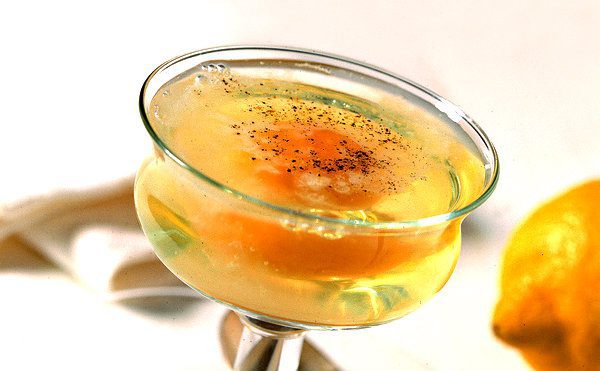
Oyster egg
Very fresh egg yolk seasoned with salt, lemon and pepper. Difficult to match because of the lemon, it is however perfect with a white wine of good structure and freshness, provided it has a sufficient alcohol component. I would prefer a grape variety that is not too aromatic so that the aromaticity of the yolk prevails. An Albana di Romagna DOCG such as Leone Conti's 'Progetto 1' is perfect: persistence and elegance accompany and seduce a dish that is as simple as it is refined!
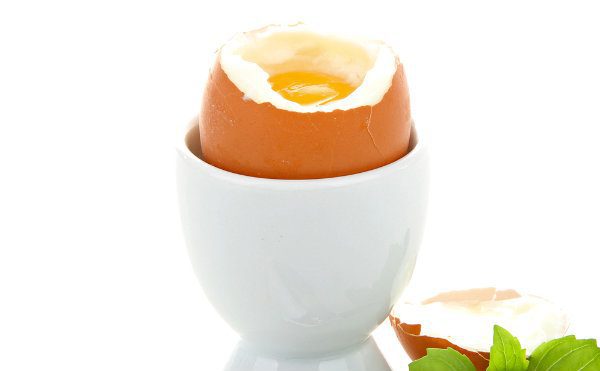
Soft-boiled egg
Egg with shell immersed in boiling water for 2-3 minutes after boiling. The result is a soft, creamy yolk and a partially firm albumen. For this preparation, a young, acidulous white wine is perfect, fresh but not very complex and with a preferably simple structure. In this case, I suggest a 'Planalto' Douro Branco Reserva DO 2013 13 % from Casa Ferreirinha: don't let the 'Reserva' fool you, this is the wine for you!
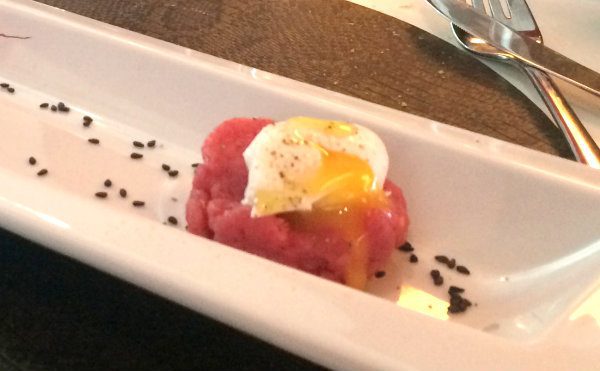
Poached egg
Bring water and vinegar to a boil, make a quick swirl while stirring with a spoon and place the egg inside. It is left to cook for about 3 minutes, then removed gently with a skimmer and rinsed with lukewarm water. For this preparation, a pinot bianco such as the 'Schulthauser' Alto Adige Pinot Bianco 2012 13.5 % from St. Michael Eppan is perfect. Distinct but not intrusive aromaticity, freshness and good structure enhance the fluidity of the yolk while stemming its unctuousness.
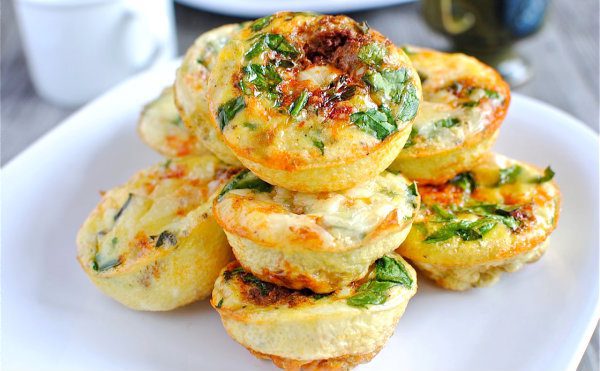
Omelette
Frittata is a preparation that is obtained by beating eggs without too much force and then pouring the mixture into a non-stick pan greased with evo oil and left to cook for 8-10 minutes. The combination therefore also varies depending on the ingredients chosen, but considering that this preparation accentuates the fattiness of the yolk, it is preferable to pair it with a fresh, not too structured bubbly. I suggest 'Impressioni di Settembre' Ravenna Rosato IGT 12.5 % from the Leone Conti winery: fruity, acidulous and light, it degreases even the heaviest omelette well!
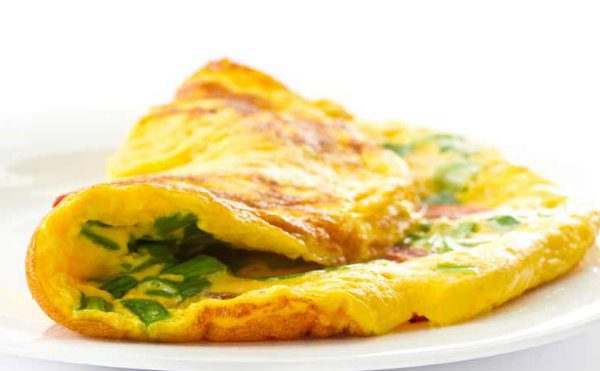
Omelette
Always prepared with beaten eggs, salt and pepper, it differs from the omelette in that cream is added. Unlike the omelette, which is flipped over to brown on both sides, the omelette is folded over to form a kind of crescent moon so that the inside remains creamy. Even this one prepared with various ingredients retains more unctuousness than the omelette and therefore needs a more acidic wine, perhaps with a vegetal hint such as the 'Gold Muskateller' Alto Adige Moscato Giallo 2012 13 % from St. Michael Eppan.
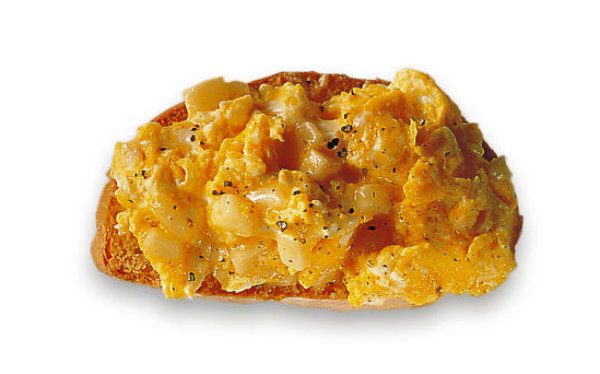
Scrambled eggs
It starts by beating the eggs with 2 tablespoons of liquid per yolk (cream, milk, butter or broth), then differs from omelettes and omelettes in that they are traditionally broken with a wooden spoon over low heat during cooking. This process of 'scrambling" of the eggs, if done continuously and evenly, allows the formation of the soft, creamy rennet that is the basis of the recipe. The perfect match? I would venture a "Vie" IGT Bianco Rubicone 2013 13.5%: a persistent and elegant finish, slightly savoury and very fresh harmonises the fatty notes.
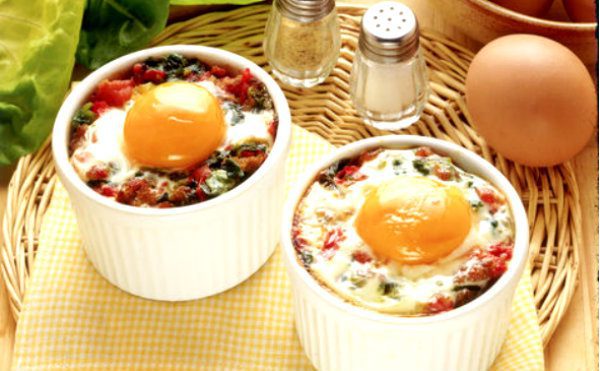
Eggs in cocotte
It is obtained by placing the egg in a small greased and salted container, called 'cocotte', which is then cooked in a bain-marie for 6-8 minutes, that is, until the albumen has completely set. Here I return to a very delicate, young, fresh and not too aromatic white wine such as 'Start' Spumante Metodo Charmat lungo from San Patrignano. This tasty but not too demanding bubble is the accomplice of a creamy and aromatic yolk and a congealed but soft egg white.
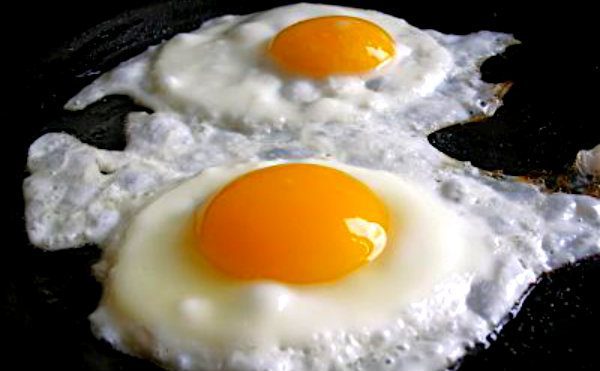
Fried eggs
Fried eggs are famously made in various ways... to make them well, however, it is advisable to separate the yolk from the white and start by cooking the latter in a non-stick frying pan. Add the yolk, taking care not to break it, and leave to cook covered for about a minute. The result is a congealed white and a creamy yolk, which can be accompanied by a young, sweet and fresh wine such as "Dr.L" Riesling Qualitatswein 2013 8.5 % Doctor Loosen.
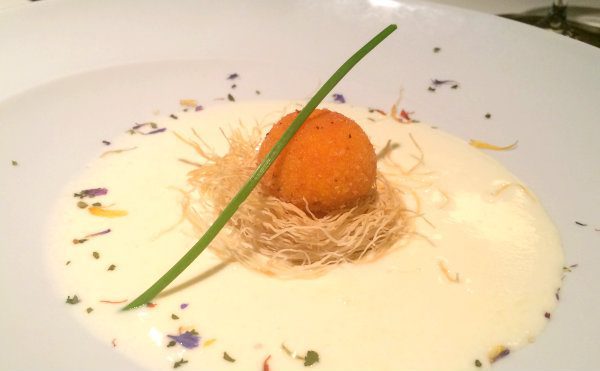
Fried yolk
Choose an extra fresh egg and separate the yolk from the white. Cover the yolk with breadcrumbs, taking care not to break it, and put it in the freezer for a couple of hours, then fry it in sunflower oil at 180° for about 30 seconds. You will get a thin, crispy crust and a liquid inside. Perfect with a cream cheese sauce or white truffle knife. Accompany with the extraordinary aromatic elegance of "Arcano" Franciacorta Brut Riserva DOCG 2000 12.5 % from the Gatta Family.
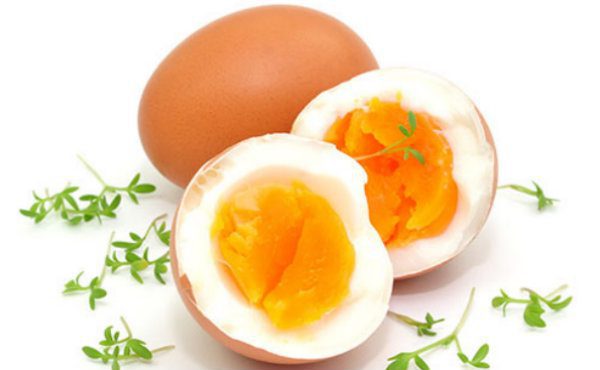
Egg Barzotto
The Barzotto egg is similar to the hard-boiled egg, the only thing that changes is the slightly shorter cooking time (about 4-5 minutes). The result is a firm egg white and a yolk that is still a little soft. This particular cooking combines the unctuous feeling typical of shorter cooking in the yolk with the fatty feeling typical of longer cooking in the egg white. We therefore recommend a wine that is fresh but not overly so, such as Marco Felluga's "Ribolla gialla" Collio DOC 2013 13 %.
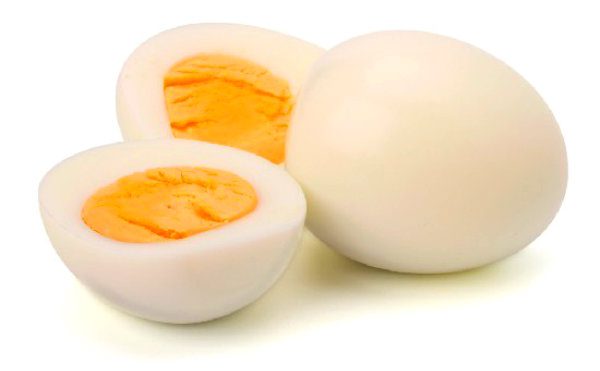
Hard-boiled eggs
To prepare them, put the egg in a pan and cover it with water. As soon as it comes to temperature count 8-10 minutes (the time also depends on the size of the eggs). Once cooked, pass them under cold water for a moment and then shell them. Salt and pepper to taste. The strong sensation of fatness due to the prolonged cooking of the yolk can be diluted with an aromatic bubbly such as "Rive di Rua" Conegliano Valdobbiadene Prosecco DOCG Brut millesimato 11.5 % by Bepin de Eto.
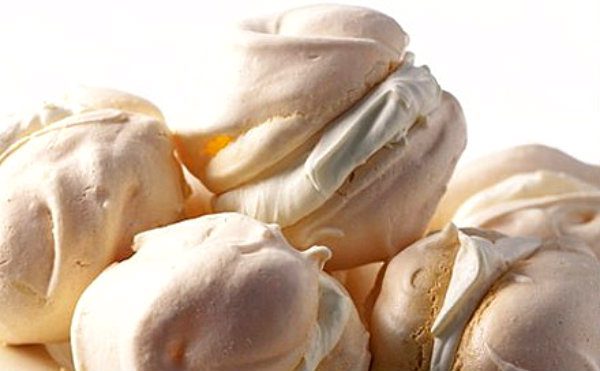
Meringues
A sweet preparation typical of Italian and French cuisine based on egg whites and icing sugar beaten until foamy and white. This preparation gave rise to the term 'whipped to stiff peaks'. Once the typical shape is created with a pastry bag on a baking tray, they are 'dried' in a very low oven (about 65°) and slightly opened for about 3 hours. They become delicious filled with cream! An unusual pairing could be with 'Colori d'Autunno' Chardonnay Passito 2006 12.5 % from Tenuta Sant'Antonio.
You can now buy my book dedicated to aspiring sommeliers and winelovers or scroll down the page to continue reading the article!
Book "Sommelier: the Illustrated Manual" Special Edition 2024
All my notes on wine and food in one book.
€ 38,00 VAT included!
In stock (can be backordered)
Eggs: Questions & Answers
How do I recognise a fresh egg?
When the egg is closed in its shell, you can immerse the egg in salt water (10% of salt): if it remains lying at the bottom, it means that the air chamber is small and therefore the egg is fresh, whereas if it starts to rise, it means that the air chamber has enlarged and the egg is not fresh.
When the egg is opened, the yolk must have a rounded, firm appearance and be centred in the firm albumen and must not break easily.
What is the difference between grade A and grade B eggs?
The grading of Class A and Class B eggs is based on freshness. Fresh eggs are class A, a letter indicating that they have not undergone any preserving, cleaning or refrigeration treatment. If the eggs are very fresh, i.e. have an air chamber of less than 4 mm, they are defined as A Extra. As time passes, the porous shell lets air in and the inner tube expands, becoming greater than 6 mm, and the eggs enter grade B.
Class A eggs are destined for the retail trade, while Class B eggs are destined for the processing industry, after statutory pasteurisation.
What is the difference in egg size?
Class A eggs are graded by weight into:
- XL: LARGE - weighing 73 grams or more;
- L: LARGE - weight between 63 and 73 grams;
- M: MEDIUM - weight between 53 and 63 grams;
- S: SMALL - weight less than 53 grams.
How soon should an egg be consumed?
To determine how soon an egg should be consumed, it is enough to know its laying date: from that it is 28 days old. During the first 9 days it can be 'extra' or 'extra fresh', after that it must be reclassified into category A or B depending on its state.
Is the'egg really undigestible?
The digestibility of an egg depends on how it is cooked. The yolk, if no fat is added during cooking and fast cooking is preferred, the egg is well digestible. If the cooking time is increased (such as for boiled eggs), digestibility drops. This is because the egg contains an enzyme that undermines liver function, but it is only activated if the egg is well cooked. Egg whites, on the other hand, are more digestible when cooked or whipped, but above all, prolonged cooking of this causes the inactivation of avidin, a bad anti-nutritional factor that, when raw, blocks the activity of vitamin H or biotin, which is essential for human skin and development. In short, you need to cook the yolk a little and the albumen a lot to get the best benefit!
Did you know that...
Dante Alighieri considered a salted egg the best food in the world. A popular anecdote has it that one day the poet met a stranger in the piazza who asked him, 'What is the best food in the world?' "The egg," replied the poet. A year later, in the same square, the two met again, and the stranger asked point-blank: "With what?". "With salt," was Dante's prompt reply, famous for his memory. Starting from this episode, Achille Campanile wrote the story Dante and the eggcontained in the collection Lives of illustrious men (1975).
I hope as always that you enjoyed this article and found it useful, if you need anything else please scroll down the page and leave me a comment! More information on eggs and wine pairings can be found in my book Sommelier: the illustrated handbook!
Cheers 🍷
Chiara

